Giemsa Stain, Modified Solution-Histology, Buy Histological Stains solutions for Histology, Cytology, Microbiology, Hematology Biology Lab from TriStains. All Tristains products are exclusively distributed by Dawn Scientific Inc
The Giemsa stain modified solution is a variation of the traditional Giemsa stain, which usually includes a combination of methylene blue, eosin, and azure dyes. The modified solution may incorporate additional components or utilize different proportions of the dyes to enhance the staining for particular histological applications. Giemsa stain modified solution is a specialized staining method employed in histology, the discipline focused on the microscopic examination of tissue structure.
TriStains provides a marketplace for histology and biological stains, which is comprehensive enough to encompass the peculiar requirements of laboratories specializing in Histology, Cytology, Microbiology, and Hematology. With a reputation for exceeding quality expectations, TriStains performance is outstanding which allows for resolution of cell and tissue components fundamental to life sciences to be clearly visualized. Each product under TriStains series is validated for accuracy, reliability and consistency. TriStains, which manufactures and markets stains and indicators in various packing, offers laboratories turn key solutions for all their staining and indicator needs, improving accuracy in every experiment.
Application :
- The Giemsa stain modified solution histology is commonly used to stain tissue sections, allowing for the identification and differentiation of various cellular components and structures within the tissue.
- It can be used to stain cytological samples, such as fine-needle aspirates or body fluids, that are incorporated into histological sections.
- It can be used to stain and identify parasites, such as Plasmodium (the causative agent of malaria), in histological samples.
- It can be employed to stain and visualize certain bacteria, such as Chlamydia and Rickettsia, in histological samples.
Benefits :
- Improved the staining characteristics, providing better contrast, clarity, and differentiation of cellular structures and components within the tissue
- More sensitive in dignosis of histological samples
- Ensures more consistent and reproducible results
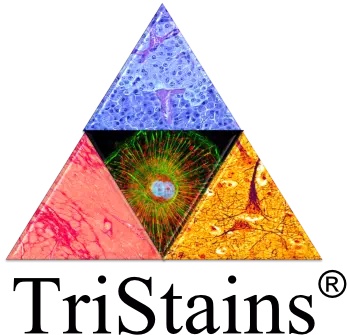

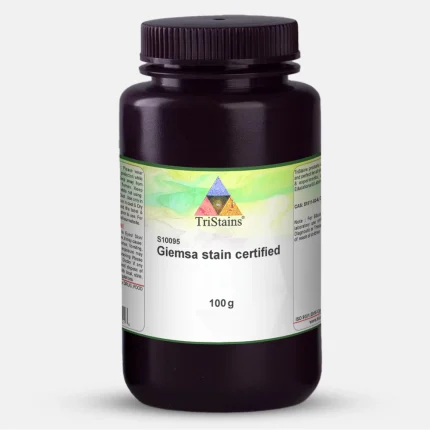
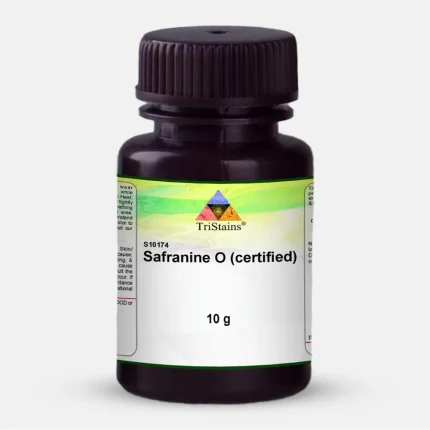
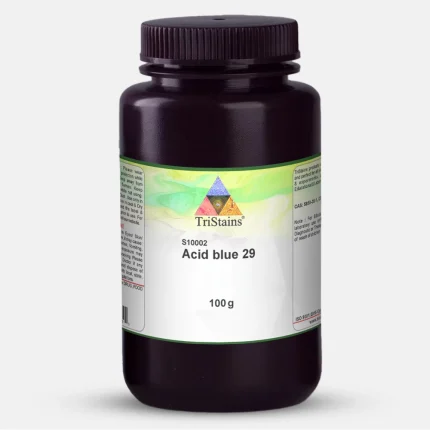
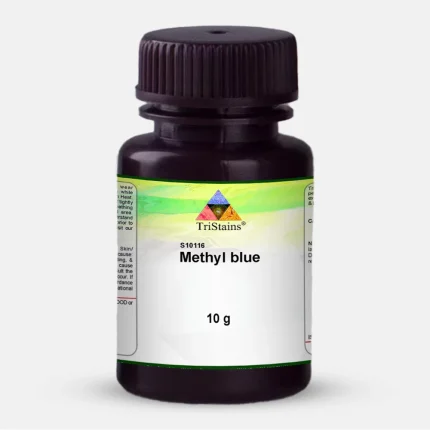

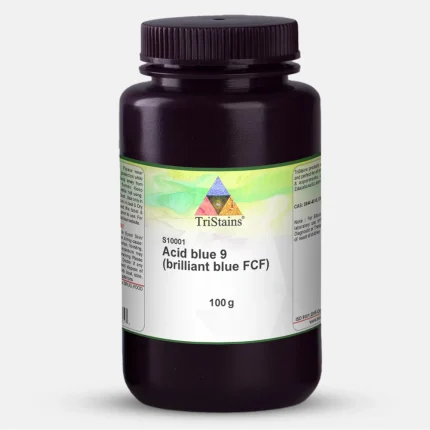
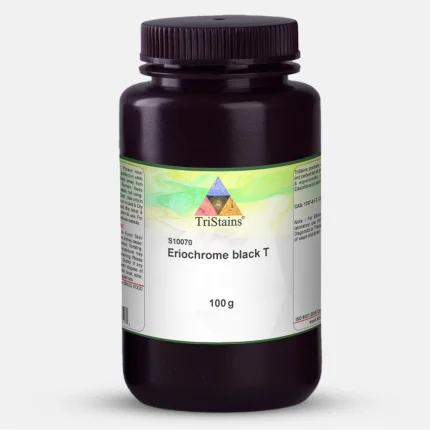
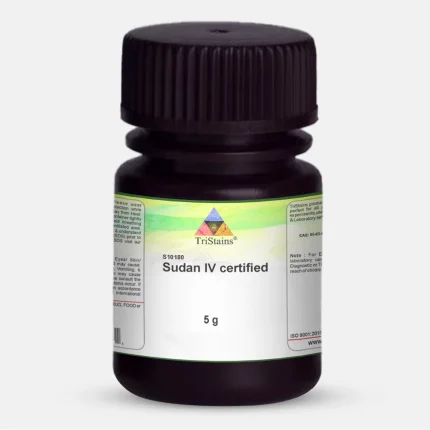



Reviews
There are no reviews yet.